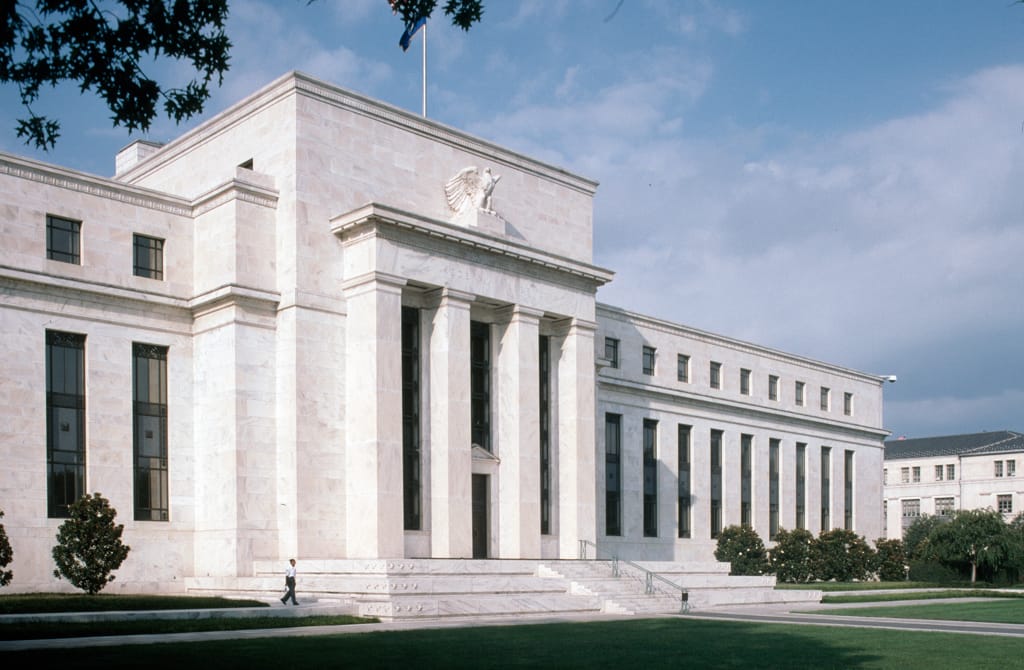In recent months, the geopolitical landscape surrounding energy supplies from Russia to Europe has been dramatically reshaped by ongoing sanctions and rising tensions. Following Russia’s invasion of Ukraine in February 2022, Western nations imposed a series of economic sanctions aimed at crippling the Russian economy and reducing its influence in global energy markets. These sanctions have had a profound impact on the flow of energy resources, particularly natural gas and oil, from Russia to Europe, which has historically relied on these supplies to meet its energy needs.
As of October 2023, reports indicate that Russia’s natural gas exports to Europe have plummeted, with figures dropping by nearly 80% compared to pre-war levels. This decline is largely attributed to the closure of major pipelines, such as Nord Stream 1 and Nord Stream 2, which were crucial conduits for Russian gas. The sabotage of these pipelines in September 2022 further exacerbated the situation, leading to a significant disruption in supply and raising concerns about energy security across the continent.
In response to these challenges, European nations have been actively seeking alternative energy sources to reduce their dependence on Russian supplies. The European Union (EU) has accelerated its efforts to diversify energy imports by increasing liquefied natural gas (LNG) imports from the United States, Qatar, and other suppliers. Additionally, investments in renewable energy infrastructure have gained momentum, with countries like Germany and France committing to ambitious targets for wind, solar, and hydrogen energy production.
However, the transition to alternative energy sources has not come without its own set of challenges. The EU has faced logistical hurdles in ramping up LNG imports, including limited infrastructure for regasification and storage. Furthermore, the volatility of global energy markets, exacerbated by the ongoing conflict in Ukraine and other geopolitical tensions, has led to fluctuating prices and supply uncertainties.
The impact of these changes is being felt across the European economy. Rising energy costs have contributed to inflationary pressures, prompting concerns about the potential for an economic slowdown. Governments are implementing measures to alleviate the burden on consumers and businesses, including price caps and subsidies, but the long-term sustainability of these measures remains in question.
As winter approaches, the urgency for Europe to secure reliable energy supplies intensifies. The EU has urged member states to implement energy-saving measures and prepare for potential shortages. Meanwhile, Russia is exploring new markets, particularly in Asia, to offset the losses incurred from diminished exports to Europe. The outcome of this geopolitical chess game will significantly influence the future of energy security in Europe and beyond.
In conclusion, Russia’s energy supplies to Europe face a complex array of challenges amid sanctions and shifting geopolitical dynamics. As Europe works to diversify its energy sources and enhance resilience against future disruptions, the path forward remains fraught with uncertainty. The evolving situation will continue to be closely monitored by policymakers and industry leaders alike, as the stakes are high for both energy security and economic stability in the region.



